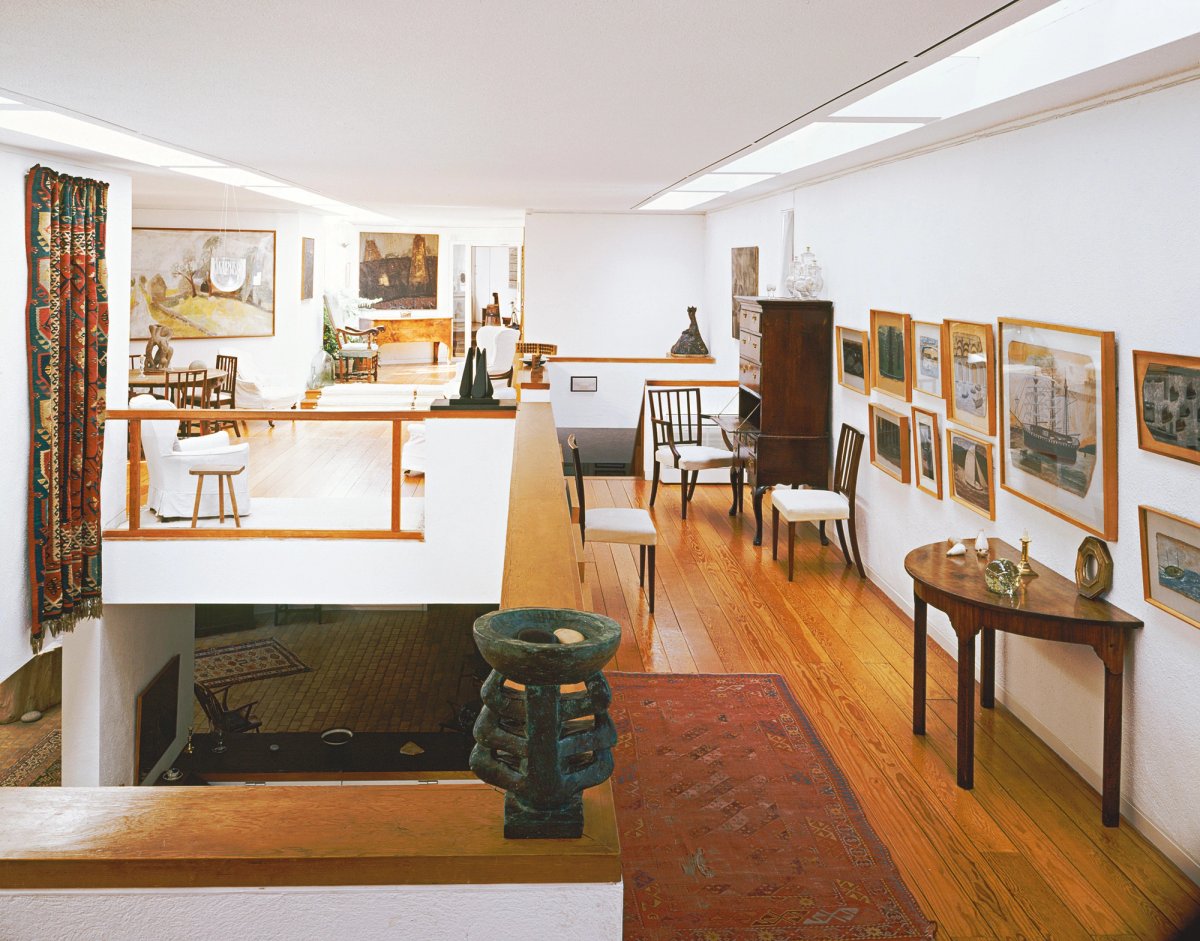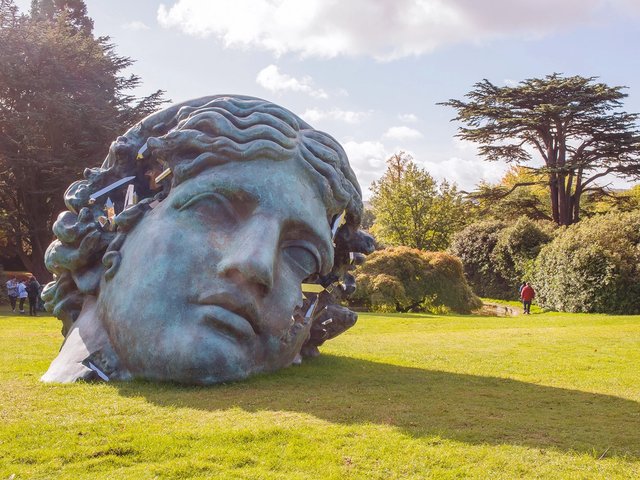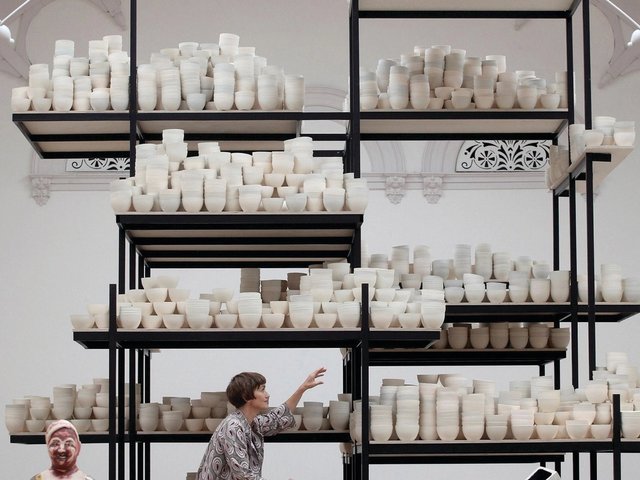In the post-pandemic era and straitened financial times, regional galleries and museums in the UK that have been free to enter are now asking visitors to pay admission charges, a move that is polarising cultural commentators. Some institutions have gone down the traditional route by charging a standard entry fee, such as Kettle’s Yard in Cambridge, while the Sainsbury Centre in Norwich, part of the University of East Anglia, has introduced a voluntary payment model.
At Kettle’s Yard, management brought in a £10.50 admission charge in April, which gives access to Kettle’s Yard house. The home of the curator Jim Ede and his wife Helen, an art teacher, was created from four dilapidated cottages near the city centre in the 1950s and donated to the University of Cambridge a decade later.
Admission to the Kettle’s Yard galleries and exhibitions remains free nonetheless, says a spokesperson. An online statement adds that “the impact of rising costs, standstill funding and Covid-19 has had a negative impact upon the finances of Kettle’s Yard”.
Asked to clarify the funding “standstill”, the spokesperson tells The Art Newspaper: “Due to Arts Council England’s [ACE] spending review and ongoing funding decisions, we do not foresee an increase to our core funding from ACE.” The institution received £290,757 annually from 2018-22; this increased slightly to £296,107 for 2023-26.
“26% of our funding is from the University [of Cambridge]; 15% of our funding is from ACE. Many of the grants we receive do not cover core costs and are given to fund one-off projects and exhibitions, meaning we must generate over half of our annual costs from fundraising, earned income and other streams,” the spokesperson says.
But this decision has been criticised by some observers. Emily Lawson-Todd, a Cambridge university student, wrote in the Varsity journal that “students are still given free entry, which is a positive for any student budget. However, the fact that the free entry is levied at students creates an interesting dynamic as to who gets to enjoy art in Cambridge freely.”
In Norwich, the Sainsbury Centre has arguably adopted a more democratic, but untested, approach to charging, introducing in March the first “pay if and what you can” ticketing system in the UK. Previously, visitors paid £14 to see special temporary exhibitions. “People seem to like it, they like the empowerment,” says Jago Cooper, the centre’s director. “Sometimes permanent collections can remain staid while temporary exhibitions, where all the excitement happens, are behind a paywall.”
He says that the paid admission model has been used as a tracking guide, adding: “We have seen an increase in visitors by 30%. We are currently tracking about 5% below income targets. Trade is up in the café and shop by around 20%.” The system has only been operational for a few months, however, but has been factored into a five-year financial plan.
An ambitious “relaunch” of the collection last month to mark the 50th anniversary of the centre should also boost visitor numbers and revenue. (The project involves reconceptualising “what art really is”, enabling visitors to engage with the collection in new ways; visitors can for instance, hug Henry Moore’s 1932 Mother and Child sculpture.)
Audiences as consumers
Maurice Davies, a UK-based museum and cultural consultant, says: “Different places are displaying different philosophies. It is interesting that the Sainsbury Centre seems to have taken steps to become more accessible while Kettle’s Yard has become less accessible. The former is more civic minded while the latter perhaps sees its audience more as consumers.”
These initiatives could ease financial burdens for institutions after a decade of austerity under the present Conservative government, but will have an impact on visitors. According to research conducted in 2021 by the UK Museums Association, local authority spending on museums and galleries declined between 2009-10 and 2019-20 by 27% in real terms from £426m to £311m across the UK.
Another museum dropping its free-entry policy is the Wisbech and Fenland Museum in Cambridgeshire, which announced in April that it will start charging for admission for the first time in 100 years as it struggles with rising costs. The museum lost an annual £60,000 grant from Fenland District Council towards its running costs in 2018. “Removing council funding left a hole; indeed local authorities have been squeezed by central government,” says Davies.
Davies points to the wider issue of the discrepancies underpinning the charging issue. “In terms of the bigger picture, in some museums there is a muddle about charging. Are institutions catering to paying international tourists or providing a [statutory] public service like a library?” Davies asks.





